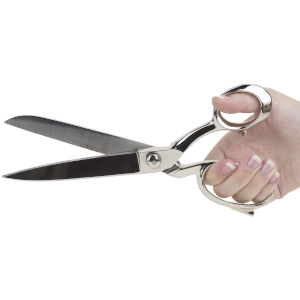Sometimes you’ve got to cut a client loose to grow your business, writes Sue-Ella Prodonovich.

Breaking up may be hard to do, especially when there is money involved. But if you’re not consistently showing bad clients the door you’re not just making your working life less enjoyable, you’re also affecting your business’s ability to grow.
That’s partly because keeping bad clients to a minimum will make you enjoy your work a lot more. And happy professionals tend to build more successful practices because they find that business development, client service and reputation management all become a whole lot easier.
But there is an even stronger business case for culling your client list too.
Letting some water out of the bathtub
Seventeen years ago I attended a seminar where they told us that growing a practice meant letting water out of the bathtub so you had the capacity to keep on filling it with better work. That analogy stuck with me.
This same idea is discussed in Ronald J Baker’s books Professional’s Guide to Value Pricing and The Firm of the Future: A Guide for Accountants, Lawyers, and Other Professional Services (with Paul Dunn).
Mr Baker talks about the difference between ‘good’ revenue and ‘bad’ revenue, and how managing or letting go of the revenue from ‘bad’ clients or work leads to a more profitable practice.
That’s because doing so gives you the capacity to do the business development you need to fill the bathtub back up with good work instead.
Where to start pruning?
Now you have permission to cull, you probably already know which clients you’d like to say goodbye to. They’re the ones whose calls you probably don’t pick up the first time or the ones you take a little longer to reply to.
They’re the ones who always make you feel like you are on the back foot, justifying your advice.
They’re the ones who have urgent turnaround expectations but then never quite get their own act together, so they sit on an advice that you’ve worked so hard to deliver.
But if you want more analytical criteria, the first clients I would suggest culling are:
How to say goodbye (it’s not you, it’s me)
I know, it’s a brave move to turn away a client. But you may not need to go on a wholesale client sacking rampage.
Perhaps the review process itself will be enough to put your relationship with clients in perspective and force you to identify new ways to manage the relationship.
Perhaps you can resolve things by sitting down with them and talking through your issues (a la Stephen Covey’s recommendation that we should seek first to understand and then be understood).
But if that isn’t enough to resolve things, here are my recommendations for doing the deed nicely: